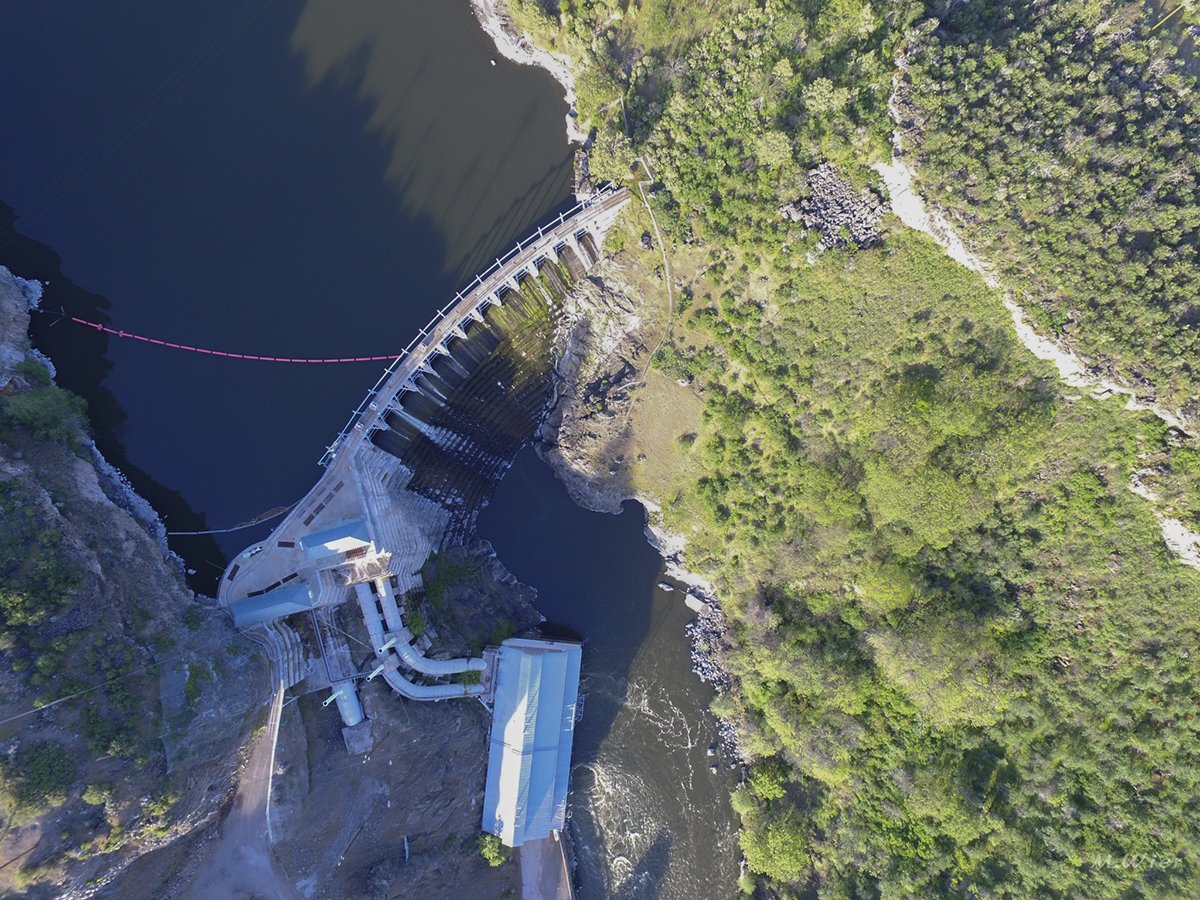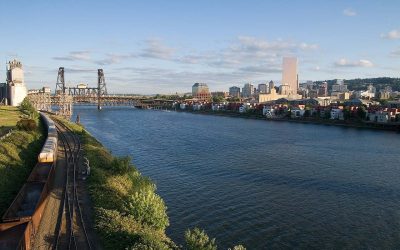In a monumental stride for river restoration, the Klamath River is undergoing the largest dam removal in U.S. history. This pivotal moment marks the beginning of the end for the dams that have long hindered the natural flow of the river, crucial for the local ecology and indigenous communities. The initial phase involved the controlled release of water, signifying a new era for the river and its inhabitants.
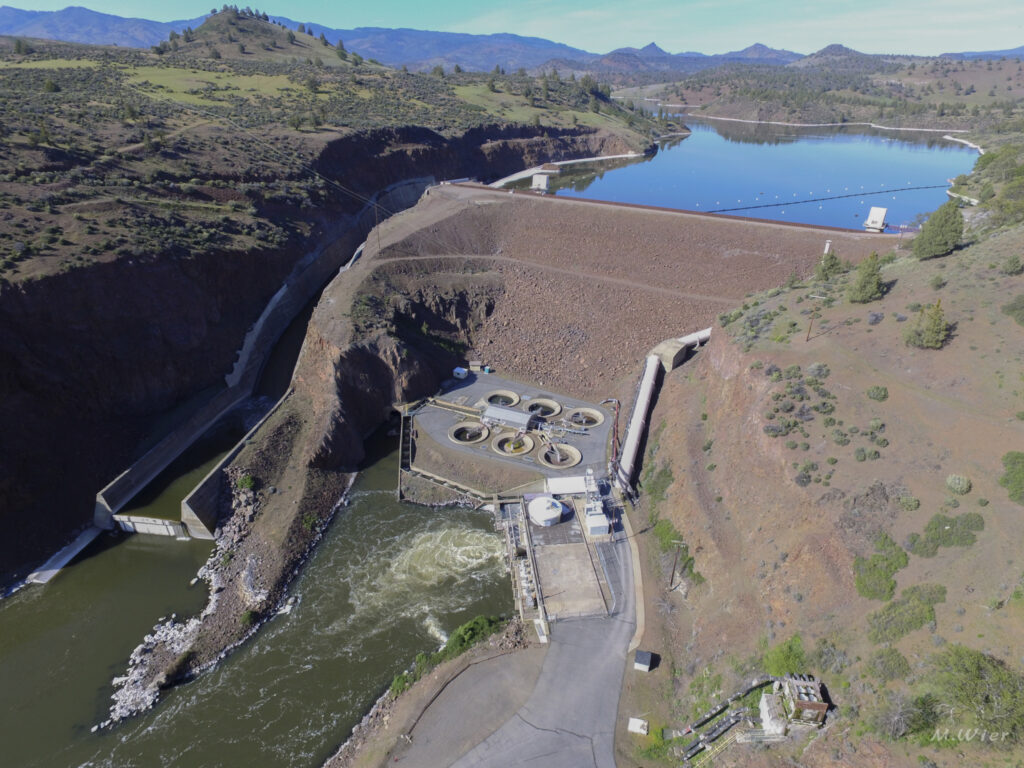
Why Remove The Dams On The Klamath River?
Iron Gate Dam, a significant barrier, is now being dismantled, paving the way for the revival of salmon habitats. The dams that are being removed on the Klamath River in Southern Oregon and Northern California are not for flood control, they're used for energy generation. Iron Gate, along with two other dams, has obstructed fish passage and deteriorated water quality with sediment buildup and toxic algae blooms for decades. Their removal is a beacon of hope for restoring the once abundant salmon population, essential to the tribes of the region.
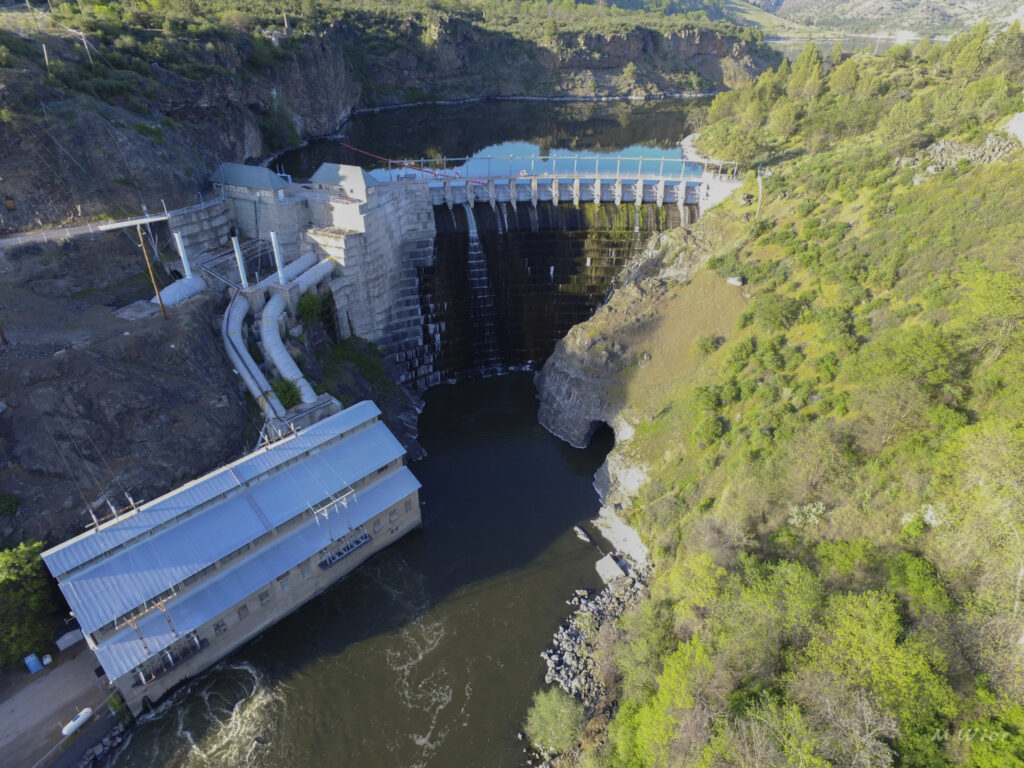
Tribal leaders and members deeply connected to the river have championed this cause, driven by the profound cultural, spiritual, and ecological significance of the river and its salmon. The 2002 Klamath River fish kill was a stark reminder of the delicate balance of this ecosystem and ignited a fervent movement to restore the river's vitality.
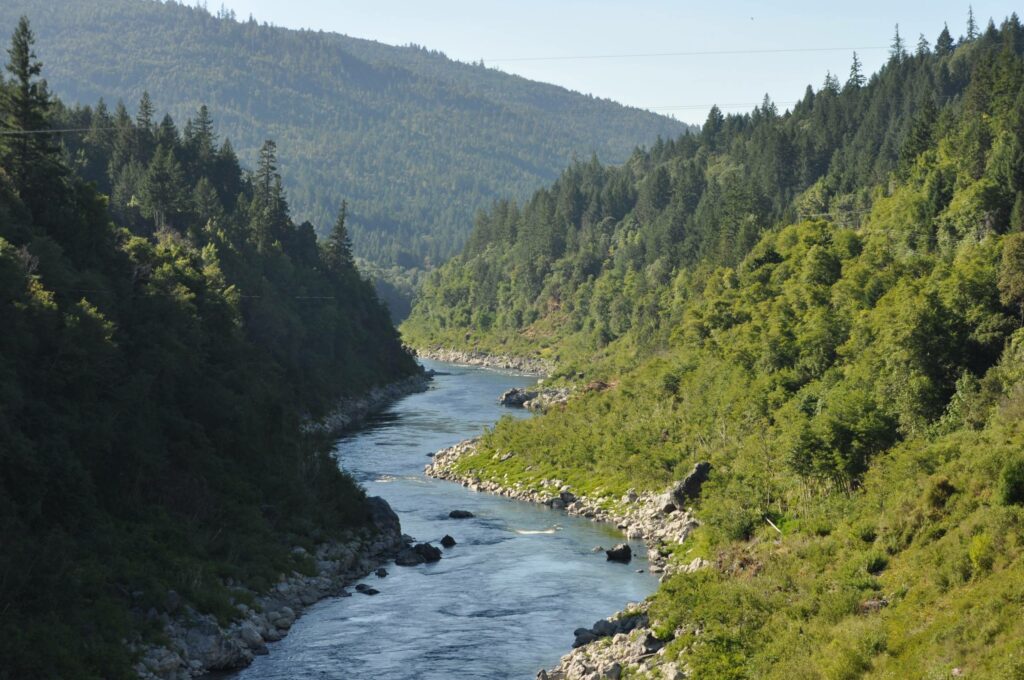
Toxic algae blooms have been a problem in the warm stagnant waters sitting behind the dams on the Klamath River since the dams were built. These green, scummy toxic algal blooms can travel more than 180 miles downriver in just a few days according to one study, affecting not just the water stuck behind the dams, but ecosystems all the way down the river. The toxic algae may present health hazards to individuals, pets, and wildlife. Many large lakes and bodies of water have the cyanobacteria that causes toxic algae, but dams, along with rising temperatures and runoff from agriculture make algae blooms worse.
While the project to remove the dams is a significant win for environmental restoration on several fronts, it's not without its complexities. Communities like Copco Lake face uncertainties about their future, grappling with concerns over property values, community identity, and wildfire risks as their landscape transforms.
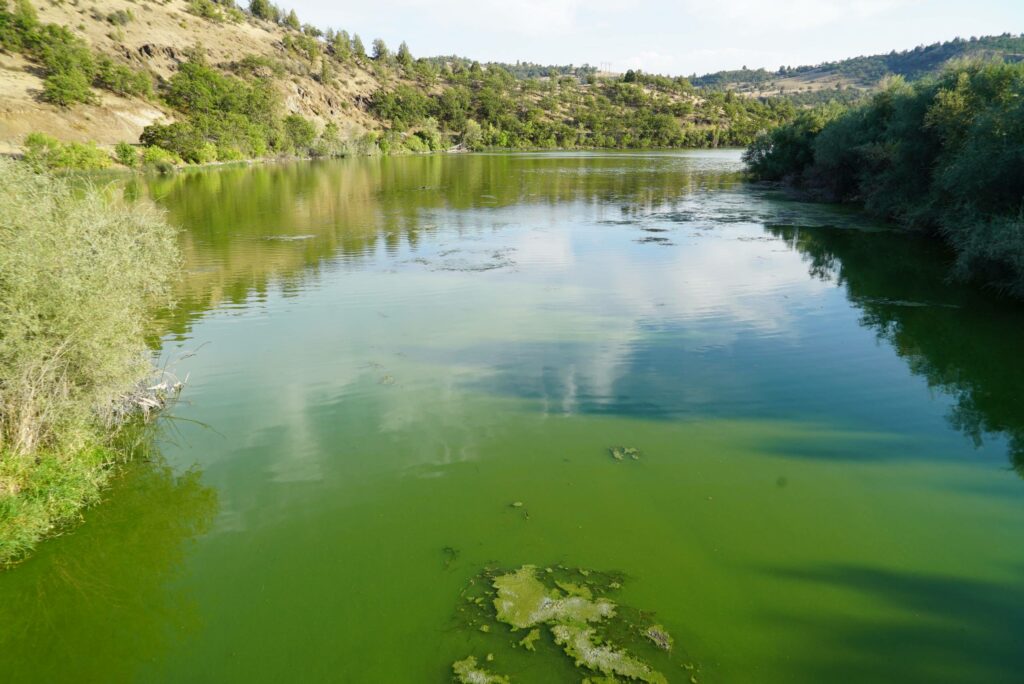
This ambitious endeavor to remove the dams is part of a broader shift in river management, recognizing the ecological and cultural harms inflicted by dams. The removal of the Klamath River dams, a project poised to restore over 400 miles of fish habitat, is being closely watched as a potential model for similar initiatives across the U.S., including on the Lower Snake River.
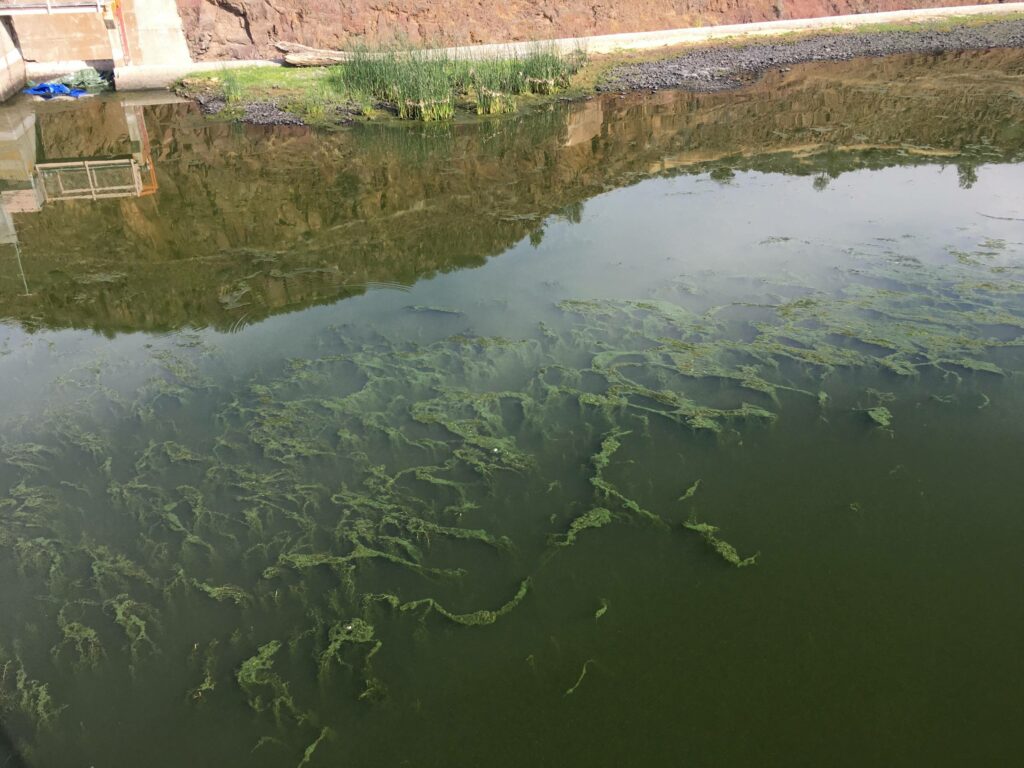
Despite the celebratory milestone, the road to full river restoration is long. The removal of the dams is just the beginning. Restoring the tributaries and newly dry land, and addressing broader environmental challenges will be crucial in ensuring the longevity and resilience of the river's ecosystem. The project is a testament to the power of persistent advocacy, collaboration, and a shared vision for a restored, free-flowing Klamath River, symbolizing hope for a balanced coexistence with our natural world.
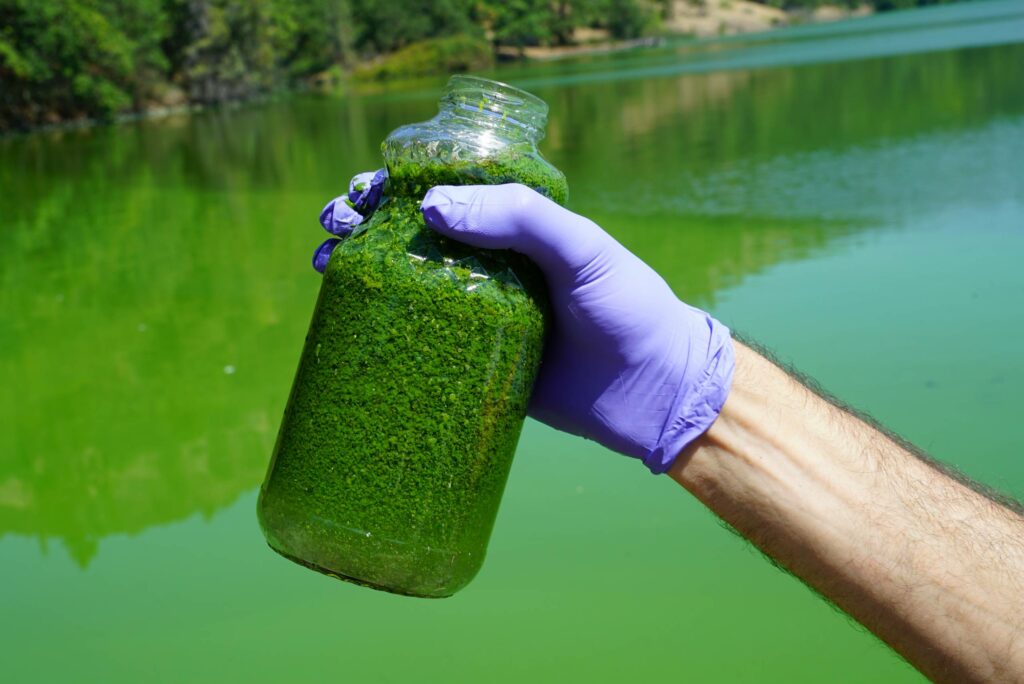
We highly recommend watching this OPB video about what the dam removal will mean for restoring habitat, as well as local water recreation:
Copco Dam number two was removed in 2023. You can see a before and after shot of that section of river here.
The Klamath River has been the home of tribes like the Yurok, Karuk, Shasta, Klamath, and Hoopa for thousands of years. The salmon runs that used to happen on the Klamath before the dams were built were the third largest in the nation. Read more about the Klamath River here.
Get more information on the dam removals on the Klamath River from Klamath River Renewal Corporation (KRRC), and from American Rivers.
Stay up to date with the latest Oregon news with That Oregon Life.

